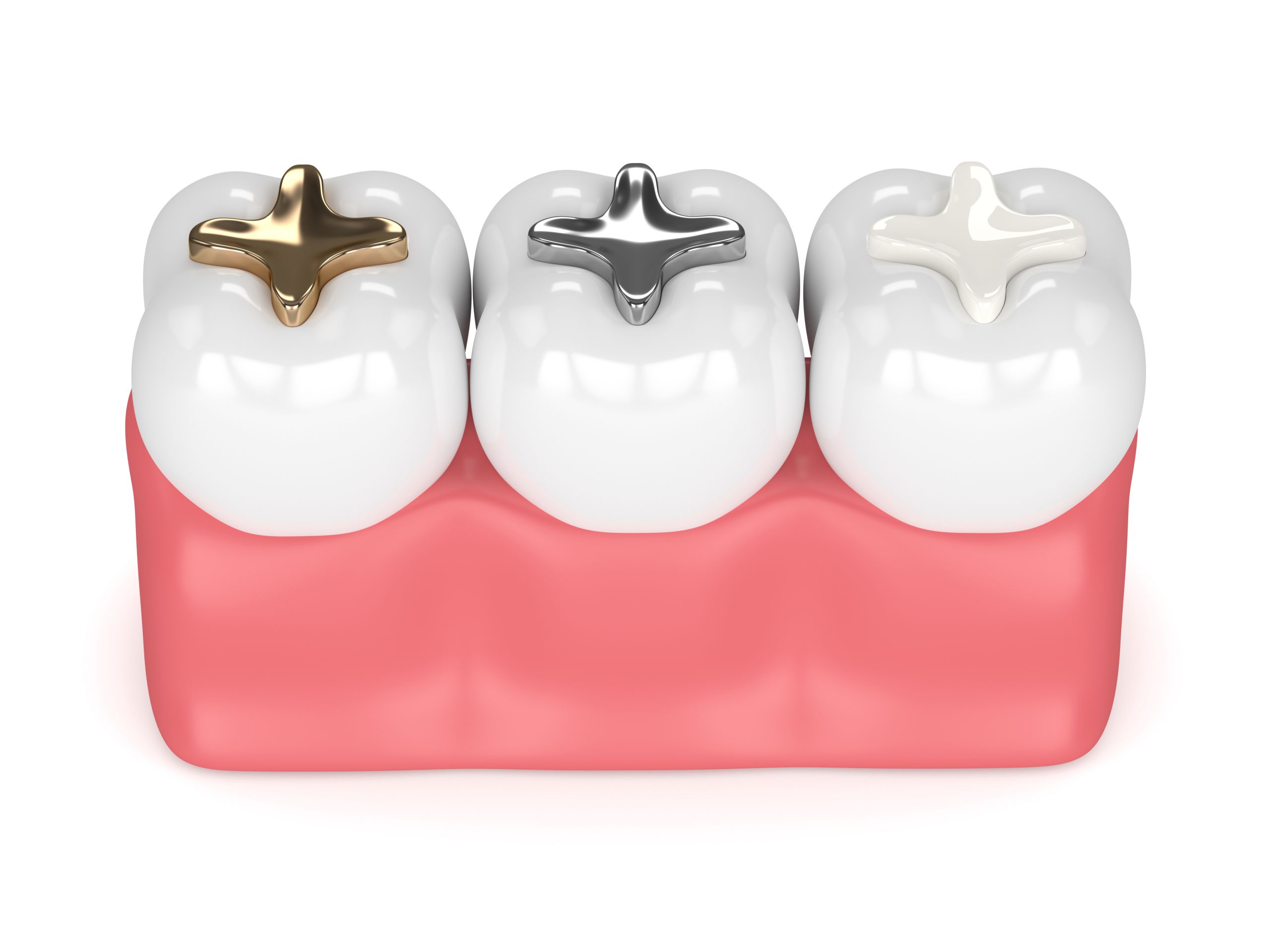Dental Restorations Part 1: Introduction

It’s a concept as old as treatment itself — a person sustains an injury, and humans design something to restore what could not fully recover naturally. Sometimes, there isn’t a clear definition as to how we should adapt to these changes, or what all the possibilities could entail. So what do you need to know if you break a tooth, get a cavity, or have other damage that requires your tooth to be treated? I am going to discuss the primary options a person can face when deciding how their teeth should be restored.
To some, restoring function is a miracle in itself, and an altered appearance is accepted in achieving results. To others, visual aspects may be so significant that keeping the most esthetic appearance of their restored teeth may be more of a priority — sometimes to such an extent that function may be foregone. There are functional and esthetic components to success, and tradeoffs for each.
Aesthetics, in a general term, describes beauty and taste. When it comes to dentistry, our work is often split with a conviction: will the result be beautiful and delicate, or rugged and durable?
In my experience, people often say, “I want something strong that will last, but I don’t want noticeable metal fillings”. This is where the true dilemma begins when planning between aesthetics and durability.
Today, a number of options exist that offer alternatives to traditional methods, and the choices can be difficult to navigate.
In dentistry, there are two types of restorations: direct and indirect.
Direct restorations are any restoration made completely inside the mouth, in one appointment. Examples include tooth-colored composites and silver-colored amalgam restorations. They provide varying long-term results, and are often the option when a tooth first receives dental treatment. They are less costly, and successful for small- to medium sized fillings. Once their size gets beyond this, they are less predictable.
Indirect restorations are made by a person or a machine in a laboratory, use different materials, and typically take two appointments to provide. They are used in cases where larger restorations are needed. These include inlays, onlays, crowns, and bridges. Inlays and onlays are the improved versions of direct restorations ("fillings"), and fulfill the need for larger sizes. A crown covers all the surfaces of a tooth, and is designed to make a fragile tooth strong again. They are also what make bridges, which are multiple connected crowns designed to fill gaps from missing teeth.
Now that we know the types of restorations, let's discuss the common options that can be used.
